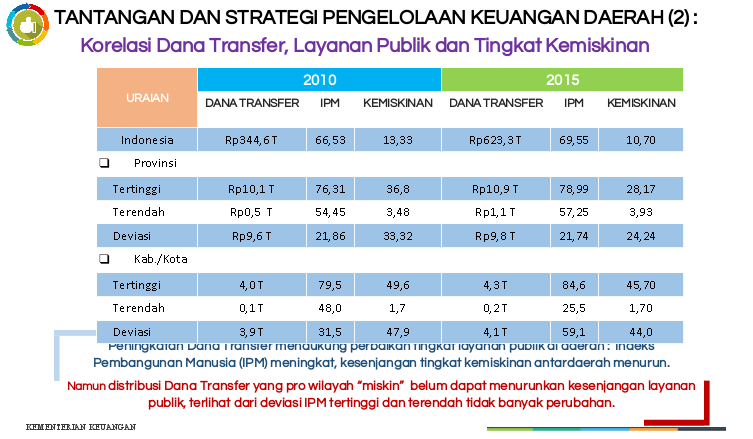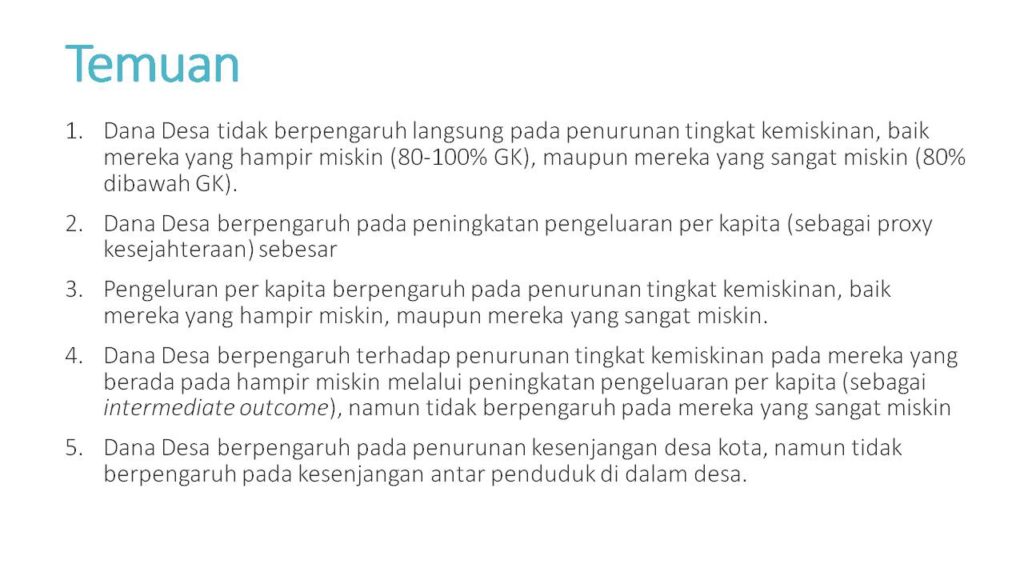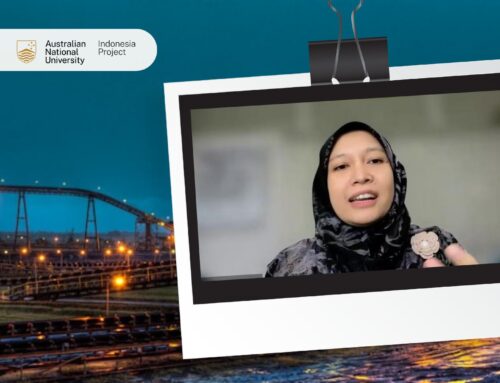Article 33 hosted the last FKP seminar session in May on 15 June 2017 at Santika Hotel Jakarta with the main topic of Dana Desa. There were one field update and two papers in this session; all of them provides insights from different aspects of village fund implementation: 1) Assistance on Compilation and Update of Village Data (Tutik Rachmawati – Parahyangan Catholic University); 2) The Mechanism of Village Fund Allocation (Joko Tri Haryanto – Fiscal Policy Office, Ministry of Finance); and 3) On Constructing Village Fund Impact Evaluation Model (Santoso & Sandy Maulana – Article 33).
Based on Law No. 6 of 2014, Dana Desa is one of the many alternatives taken by the government to redistribute wealth across regions in Indonesia. The locus “village” generally refers to rural areas that have seemingly been neglected in the course of Indonesia’s development plans, shown by the lack of improvement in road construction, education, public health, and other social services often found in villages. Unlike previous mechanism in which regional government determined a certain amount of transferred fund to villages and delegated the implementation of designated plans to villages, village fund allows village apparatus to independently plan and allocate the fund. By working on such mechanism, village development is supposed to be more efficient and faster than before. Aside from public finance wise, Joko Tri Haryanto stated that village fund is also an attempt to involve the locals more in the development. By 2019, the amount of transferred fund per village is expected to reach Rp1 bill a year. However, newly created villages in 2017 may cause the share of the fund per village to be reduced from that of 2015.
Tutik Rachmawati as the head of Public Administration Science Program at Parahyangan Catholic University specifically puts her concern on the village administration to ensure the efficiency of village fund implementation. The program created a fieldwork where students assisted village apparatus to compile and manage village monograph related to welfare measurement in three villages in Garut Regency, West Java. Many data apparently were not matching with regional government kept data basis, which after all hampered the policy implementation. She also highlighted a classic problem faced by village apparatus in utilizing technology to gather and analyze the data.
Aside from field observation, there have been many researches conducted to evaluate the impact of Dana Desa to the increase in welfare since the program’s launching in 2015. Santoso & Sandy J. Maulana from Article 33 took an initiative to construct an impact evaluation model using secondary data such as National Socioeconomic Survey (Ind: Survei Sosial-Ekonomi Nasional – Susenas) dan Village Potential (Ind: Potensi Desa – Podes) which eventually provides answer to the question of whether Dana Desa is really contributing to poverty and inequality reduction measured by the amount of people with standard of living below poverty line in 2013 (pre-Dana Desa) and 2016 (post-Dana Desa). The dataset of evaluation model includes poor and vulnerable people living in Dana Desa receiving regions (treatment group) and non-receiving regions (control group). The logical framework in this study, however, suggests that Dana Desa cannot directly influence the reduction of the number of people below poverty line; it is the per capita expenditure that plays a role as an intermediary between the two main interests. The results lead to conclusions that Dana Desa affected only those who were vulnerably poor, while the poor people were still left behind.






